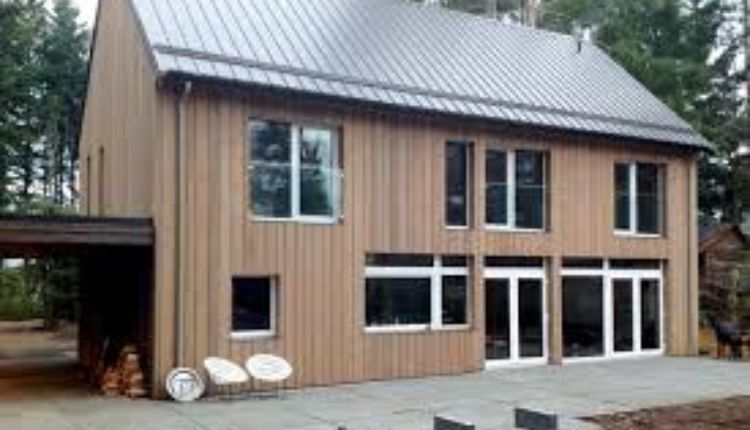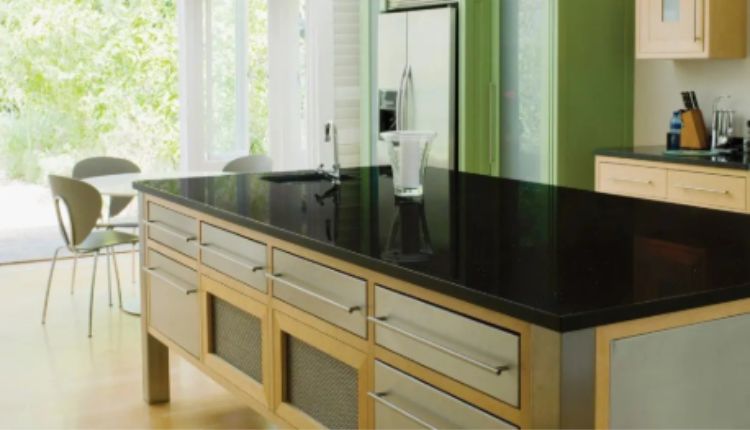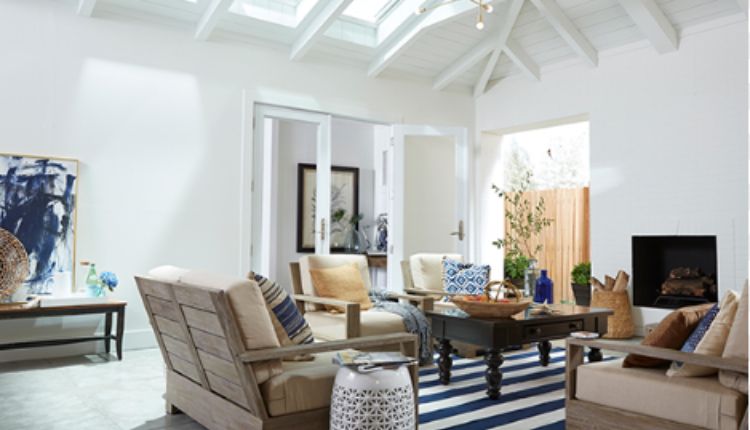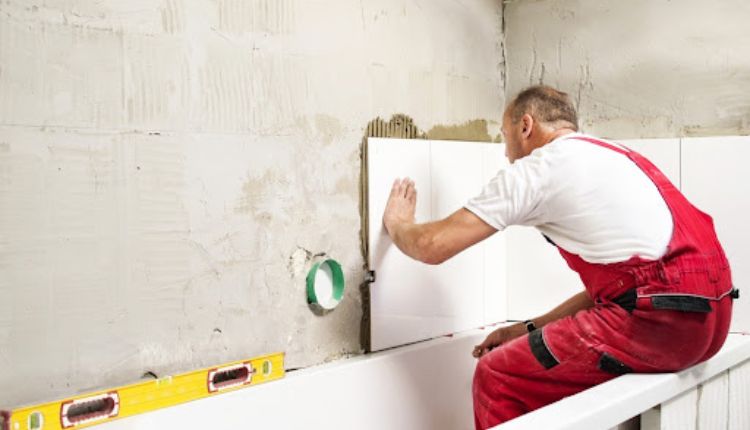Façade design is a balancing act—thermal performance, daylight, acoustics, visual flatness, and slender profiles. Vacuum insulating glass (VIG) helps you hit those targets without the depth and weight of triple glazing, making it a strong candidate for modern curtain walls and glazed facades.
Why VIG is compelling for curtain walls
- Low U-values in a thin build: Achieve high performance without deep mullions or bulky caps.
- Optical quality: VIG’s vacuum cavity avoids gas “pillowing,” helping reflections stay crisp across temperature and altitude variations.
- Retrofit-friendly: Glass-only swaps can upgrade existing unitized systems with minimal disruption.
Design decisions that matter
- Module sizing and deflection: Confirm wind loads, glass thickness, and allowable deflection; verify support conditions for the micro-pillar matrix and edge seals.
- Coatings strategy: Tune SHGC and VT by orientation; pair with external shading for peak control while maintaining daylight.
- Interface detailing: Ensure pressure-equalized rainscreen behavior, weeps, and drainage paths remain unobstructed.
For façade engineers and architects working through early options, see Applying vacuum glass in curtain wall—practical guidance on unitized versus stick, sightline impacts, and install sequencing:
From idea to specification
- Whole-assembly metrics: Request certified whole-window U, SHGC, and VT; center-of-glass alone can be misleading for system performance.
- Tolerances and QA: Coordinate glass, gasket, and frame tolerances; set QC benchmarks for optical flatness and coating consistency.
- Maintenance planning: Document handling, compatible sealants, and cleaning to preserve edge seals and coatings.
When windows should go vacuum
If you’re making the business and performance case internally, this explainer—Why windows require vacuum glass—summarizes the operational and comfort benefits in executive-ready language:
One-stop overview
Need to brief a broader team? Share the HaanGlas vacuum glazing for technical references, case studies, and contact information:
Conclusion
VIG empowers high-performance, visually clean curtain walls. With disciplined detailing and climate-tuned coatings, you can deliver lighter façades, better comfort, and credible energy savings while preserving the architectural intent.












